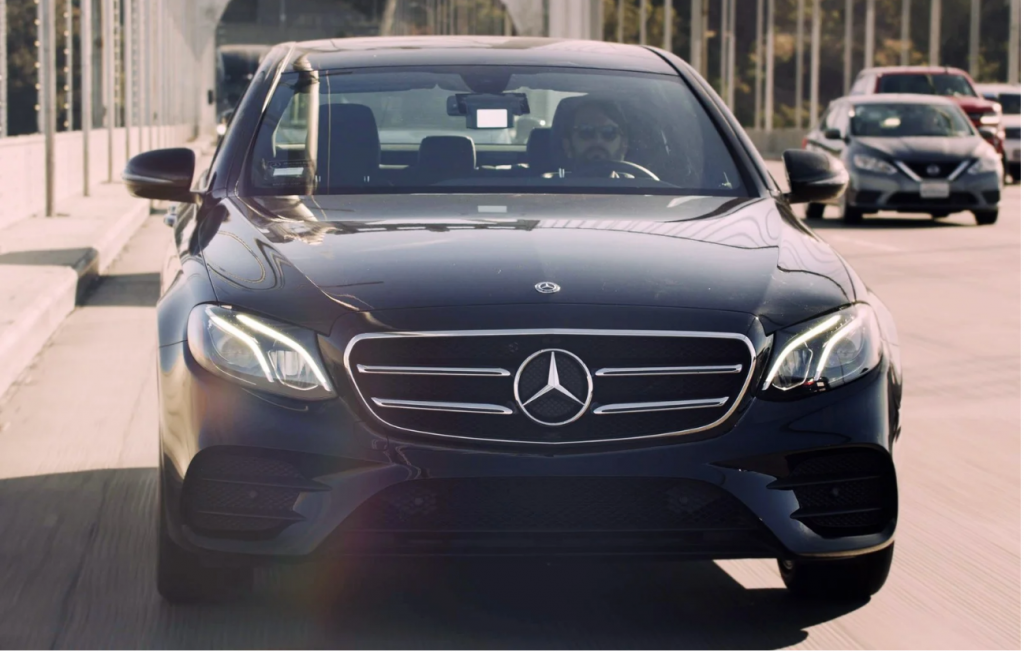
Luminar’s Iris lidar sensor will cost as little as $500, making it a realistic option for helping personally owned vehicles drive themselves. (Credit: Luminar)
Low-Cost Lidar Could Lead to Widespread Use, Safer Vehicles
Many people say in social media how disappointed that even by 2020 the flying cars of The Jetsons have not arrived. While some versions of flying cars are out there, they’re still not ready for prime time. However, as driverless car technology improves, their use will likely increase exponentially.
Alex Davies writes in wired.com that the missing technology to make driverless vehicles safe has arrived⏤a cheaper and more useful lidar. Lidar stands for Light Detection and Ranging. It’s a remote sensing method that uses light in the form of a pulsed laser to measure ranges (variable distances) to the Earth. Lidar allows sensors to see a longer range of objects, but the initial cost was prohibitive.
Every technology has its weakness. Maybe it’s too big or slow or not versatile. Critics of lidar focus on the cost that the laser-based system adds to a self-driving vehicle. The spinning, rooftop lidar produced by industry leader Velodyne runs about $75,000 each. That’s enough to trouble the companies developing robotaxis, the fully autonomous vehicles that hope to amortize their costs by ferrying passengers. For personally-owned vehicles, anything near that cost is a nonstarter.
Most of today’s vehicles use a radar-based system which is cheaper but works. Lidar works better, especially when combined with radar.
Last week Stuttgart, Germany-based engineering conglomerate Bosch announced a new long-range lidar sensor designed for automotive use, just ahead of the Consumer Electronics Show.
Like all lidar sensors, Bosch’s solution measures the distance to target objects by illuminating them with laser light and measuring the reflected pulses. It’s intended for close and medium ranges on highways and in cities, and the company claims it’ll be “price competitive” with rivals, thanks to economies of scale.
Bosch made its self-driving ambitions clear last month with the launch of a robot-taxi pilot in San Jose, CA. In partnership with Mercedes-Benz parent Daimler, it’s operating a fleet of around 30 autonomous Mercedes-Benz S-Class vehicles.
Not everyone agrees of course.
Recently at Tesla’s first Autonomy Day event, Elon Musk took questions from the press, but didn’t have time for questions about lidar. Historically, he’s been vocal about the technology, and this time he stated his view on lidar clearly:
“Lidar is a fool’s errand,” Elon Musk said. “Anyone relying on lidar is doomed. Doomed! [They are] expensive sensors that are unnecessary. It’s like having a whole bunch of expensive appendices. Like, one appendix is bad, well now you have a whole bunch of them, it’s ridiculous, you’ll see.”
The vast majority of self-driving developers, however, consider the laser sensor a critical part of a safe, capable system. That’s why many of those outfits have developed their own systems (like Waymo) or acquired lidar-makers (like Cruise, Aurora and Argo).
It’s also why everyone who hasn’t taken such steps should welcome Luminar’s announcement last week that it has developed a production-ready lidar that will cost as little as $500—cheap enough to make it work not just on robotaxis, but on consumer vehicles.
China Approves Autonomous Fleet for Baidu
Kyle Wiggers of venturebeat.com writes that tech giant Baidu is progressing toward the launch of a commercial robot-taxi fleet in mainland China. This week, the company announced that it has secured 40 licenses to test driverless cars carrying passengers on designated roads on Beijing, making it one of the first to do so in the Chinese capital. It also revealed that its self-driving cars have traveled more than 3 million kilometers (or about 1.8 million miles) during tests in 23 Chinese cities to date, up from 2 million kilometers (roughly 1.2 million miles) across 13 cities as of July.
Any and all positive news about driverless vehicles is welcome by buyers and sellers of services alike. Waymo has been testing its vehicles in Arizona for several years. Sadly, failure and fatalities have slowed progress, but it’s likely nothing can stop the progress of autonomous vehicles. They are already driving refrigerators between Texas and California regularly. So it’s always good news when a component of a vehicle’s security system becomes cheaper.
Now that several companies think they have made lidar affordable for production vehicles, most would agree the technology is worth it if it saves one life.
read more at venturebeat.com







Leave A Comment